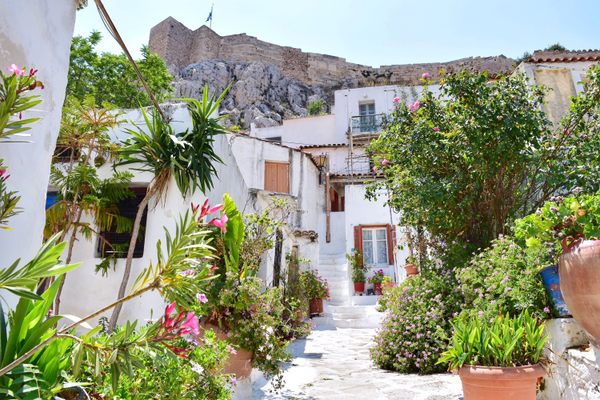AO Edited
Gastro Obscura
The Olive Tree of the Acropolis
Legend says this sacred tree was a gift from goddess Athena.
Thousands of years ago, the gods Poseidon and Athena battled for the favor of Athens. According to legend, Poseidon smashed his trident upon the land to create a salt spring, while the wise Athena offered a more productive gift: She planted an olive tree atop the Acropolis. The city’s denizens chose Athena, and you can still find an olive tree in the same spot today.
Regardless of how the olive tree originated, one has grown there since ancient times, when the state considered it the chief moria, or a tree protected by the state for its religious significance. The tree suffered during wars over the centuries, but it has always survived, or a branch was always saved to be replanted.
When the Persians invaded and burned Athens in 480 B.C., a branch is believed to have sprouted from the tree that same day, and seeds were replanted across Attika. During World War II, occupying German forces badly damaged the tree, but staff from the American School of Archaeology rescued a branch, and the present tree was planted from that cutting, in 1952, by Queen Sophia of Spain (then Princess Sophia of Greece) at its original location.
Today, the olive tree stands on the north side of the Acropolis, in front of the ancient temple of Erechtheion.
Know Before You Go
The Acropolis has set opening hours and requires tickets. See the website or tourist websites for more information, including on special hours, closures, and free admission days. Be prepared to walk, including up steep steps.
















Follow us on Twitter to get the latest on the world's hidden wonders.
Like us on Facebook to get the latest on the world's hidden wonders.
Follow us on Twitter Like us on Facebook